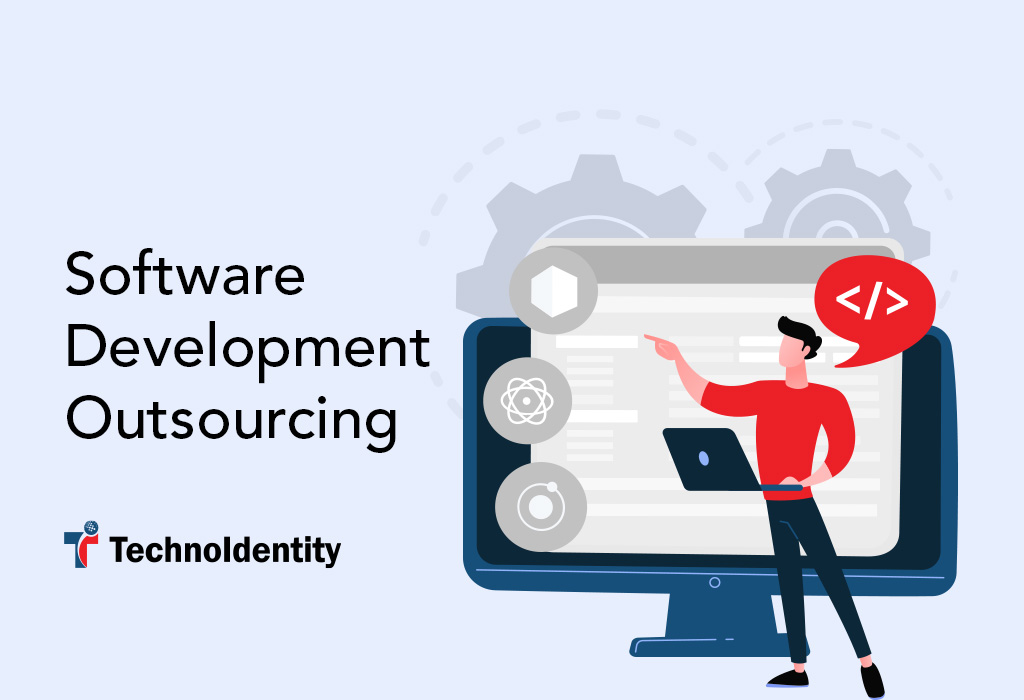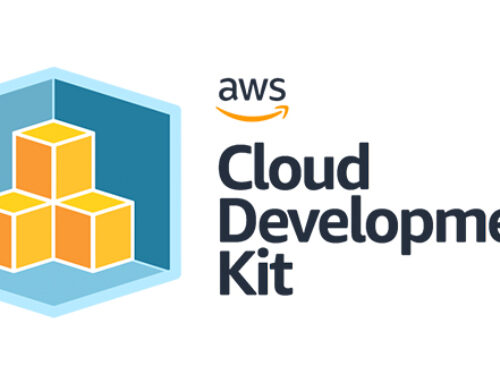
Why Should You Outsource Software Development?
To survive today’s cut-throat competition, a humongous number of businesses are steadily moving towards software development outsourcing. In fact, 41% of CIOs expect their outsourcing spending to increase in 2020. Harnessing one or more types of outsourcing can help you:
- Utilize your resources optimally
Making strategic use of outsourced workers can fill gaps in expertise, meet fluctuating demands and bring down costs. Deloitte states that 59% of businesses use outsourcing to reduce expenses. - Acquire the best talents
According to Gartner’s 2017 CIO Agenda Report, talent was the “single biggest issue standing in the way of CIOs achieving their objectives.”
Types of Software Development Outsourcing
Software development outsourcing models come prominently in two flavours: Location-based and Relationship-based. So, lets dive straight into understanding these two types.
Location-Based Software Development Outsourcing Models
Just as the name suggests, location-based outsourcing models are defined by distance. Some typical location-based models are:
Onsite Outsourcing
In onsite outsourcing, the staffing firm sends skilled technical professional to work in the client’s office and carry out the assigned duties for a set period of time. This induced physical presence enables easy and spontaneous communication with your management team.Onshore Outsourcing
In onshore outsourcing, qualified talents work from a different city or town, but somewhere in the same country. This model opens up a wider range of technical talent without increasing in-house expenses.Nearshore Outsourcing
In nearshore outsourcing, the software engineers hired via your staffing agency are located in a nearby country – with no more than three-hour time difference.Offshore Outsourcing
In an offshore outsourcing arrangement, provisional workers are being hired overseas, many time zones away from your headquarters.
Relationship-based Software Development Outsourcing Model
Relationship-based outsourcing describes the balance of ownership and responsibility held by the outsourcer and the client. The three primary relationship-based models are:
- Staff Augmentation Model
Staff augmentation or team augmentation, is a software outsourcing model that offers you the efficiency of in-house team while giving you the highest level of control. Via this model, you can seamlessly integrate top engineers into your in-house teams for however long you need them. It is best in situations when:
- You have in-house development talent.
- You have an experienced and knowledgeable in-house technical lead.
- You want to acquire talent with some specific expertise which you don’t have in-house.
- You wan to induce speed to execution in in-house projects.
A few prominent perks of staff augmentation are:
- Cost optimization
With staff augmentation model, you are entitled to some serious savings. You don’t have to pay full-time salaries or for additional perks, saving considerable sums that would’ve gone to staffing and HR. also, you don’t have to pay for outsourced workers’ office space and associated hardware. - Easy access to top talent
You can recruit skilled professionals with the right expertise for the required period, without paying hefty salaries and other benefits. - No recruitment risks
Your outsourcing partner provides you the right talent and high-quality candidates. You can also ask for staffing replacements at times when you feel unsatisfied with their performance.
- Dedicated Software Development Model
A dedicated software development team or the managed team model, is an outsourcing model that opens the doors to a skilled talent pool. It is an intermediate solution between staff augmentation and full outsourcing. Your managed team works independently of the in-house team. However, an outsourced project manager regularly communicates the progress to your in-house project manager. This model is ideal for your enterprise when:
- You have an experienced in-house project manager.
- You need expertise in a specific area.
- You want to be centrally involved in the decision making and development procedures.
While dedicated software development team offer many similar benefits as in staff augmentation model, some additional benefits are enumerated below:
- Enhanced control
As compared to a traditional project-based outsourcing model, you retain more control over the development process. - Reduced risk
Since you’ll be selecting outsourcing professionals based on their past experiences with similar projects, there are higher chances that your project will succeed.
- Project-based Model
Project-based outsourcing or outsourced software development, is an outsourcing model in which you enumerate the specifications initially, and your development partner manages and oversees all the upcoming tasks. Henceforth, your outsourcing partner is fully responsible to timely deliver the final product based on the predetermined specifications. In this model you retain the least amount of control. A project-based model is ideal for your enterprise if:
- You need to accomplish project which is not your prime priority.
- You have limited in-house capabilities.
- You want to accomplish a project without taking the burden of management.
Some benefits exclusive to a project-based model are:
- Established timeline
Since you’re bound to clearly establish milestones and deliverables before the engagement commences, you’ve a clear understanding of your end result. - Minimal time commitment
Despite the fact that you’ve least control over the development, this induced freedom can actually work in your favour. In the time freed, your in-house engineering team can focus on your high-priority projects. - Reduced responsibility
Since your outsourcing partner is fully responsible for ensuring quick execution and successful delivery. You can effectively hold them accountable for delivering the determined milestones.
Conclusion
Since every software development project has its own unique needs, pointing out one model as the panacea for all projects is redundant. The best you can do is to discuss your requirements and constraints with your outsourcing partner to create a perfectly aligned contract.


